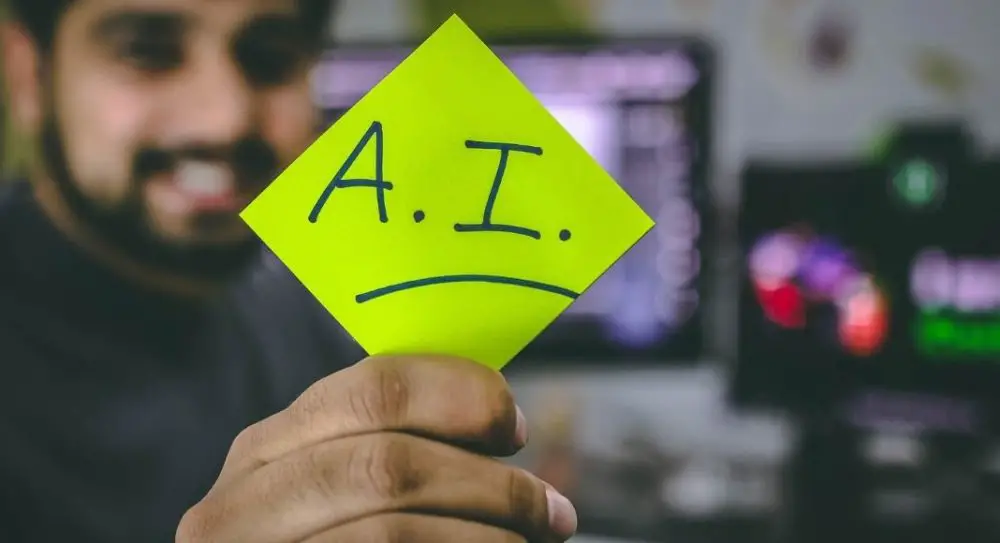If you keep up with technology news, you’ve probably followed the changes that AI has created in a wide variety of industries in recent years. From data science to marketing to customer service, all sorts of industries use or are affected by AI. Translation services are no exception, as AI for translation is now used for everything from using apps to translate signs while traveling to performing more complex translation tasks. Next, we’ll take a look at the impact AI is having on technology for the translation industry.
Why is AI useful for translation?
One of the main advantages of using AI for translation is that it can provide a decent first pass on a text. Translation services, for example, that provide business and language solutions for global companies, may use machine translation to first convert the source text into the new language. AI can speed up the process and mean the translation company doesn’t have to spend as much time typing, a useful innovation for the translation industry.
However, opinions on the use of these types of translation tools vary from one translator to another. Even state-of-the-art neural machine translation only has a 60-90% accuracy rate. That is an incredibly wide margin of error. And in the case of more technical or specialized documents, even one mistake could be devastating. A machine translation error in a technical document, for example, could misrepresent a product, give incorrect instructions for use, or cause improper mechanical operation. As such, even if a translator uses AI to take a first step on a document, they still have to review the document for errors and update the text to make it read more naturally. Tomedes translation services note that this can often take more time than simply translating the text from scratch, especially when the content is technical in nature.
Also, like all industries, some translation companies are using AI for administrative tasks. AI can help automate processes like billing, customer service chat programs, quote provision, and workflow automation.
AI and post-edit machine translation
Translation jobs don’t all go to robots. Instead of replacing human translators, neural machine translation has enabled a new service offering. That’s post-editing machine translation, where a translator corrects the copy that the AI translation fails.
Many companies have assumed that they can run their text through one of the free translation tools at the last minute. In fact, after consuming AI tech news, a company might assume that AI can do anything, especially since Google boasted 60% higher accuracy after moving to machine learning in 2016. However, in reality, although AI in translation has helped many people in conversational settings, it still doesn’t provide the kind of precision needed for professional text. Just before a deadline, companies are faced with unreadable text.
That’s where post-editing machine translation comes in. This service can proofread the text, often with a quick turnaround time. All people have to do is provide the original document and the machine-translated text, then post-editing machine translation can bring the copy up to the required level of quality.
AI in translation also struggles when it comes to tasks like localization. You can’t tell when the translated text doesn’t fit a new culture. You cannot update products or messages to ensure they comply with local regulations. AI also can’t tell what looks good to a human from a design perspective.
Of course, where AI innovation for the translation industry makes the difference is in price. How much does it cost to translate 1000 words? It often costs £0.10 to £0.16 to use a human translator, compared to nothing for machine translation. That’s why so many companies try.
ALSO READ: Practical Applications of Artificial Intelligence in the New Age World
Big Data and AI in translation
One of the most relevant sectors that is being influenced by AI is, of course, big data. Big data handles any type of data that keeps aggregating information, such as healthcare wearable device data, social media analytics, or POS data. Due to the expansive nature of information and the vast amount of data being recorded, AI is becoming essential to process, store, and even help analyze this data.
On the surface, it may not seem like it has much to do with translation. However, many companies are using big data to see where to expand into new markets abroad. They may analyze foreign demographic surveys, review sales data such as credit card data or POS data, or look at social media trends to help determine which products or services could be successful in certain markets. Because those data come from foreign sources, they may be in other languages.
As such, the translation industry now offers services that help delineate and collect information in reports derived from big data and AI. The translation covers demographic surveys and POS data analytics reports from foreign markets, as a couple of examples.
Rather than fear that machines will take over all translation jobs, the translation industry is finding ways to take advantage of free translation tools, handling large AI-generated data feeds, and even making use of technology to complete translations. the job. It is an exciting time to use AI in translation and hopefully AI will continue to be a useful tool in the future. It is certainly already delivering exciting innovation to the translation industry, so the next few years should be interesting to watch.
READ MORE: Main cybersecurity trends in 2021
Subscribe to our latest newsletter
To read our exclusive content, sign up now. $5/month, $50/year
Categories: Technology
Source: vtt.edu.vn
